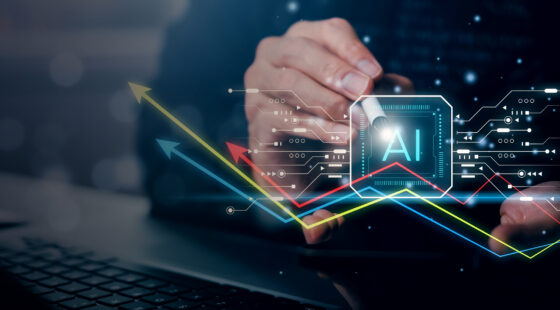The tendencies that have been ruling the IT sphere during 2016 suggest to us which future indicators to follow and how to formulate business strategy. Like other areas of the IT world, outsourcing also falls under the influence of the surrounding trends. Let’s take a close look at the key markers the will prevail in the IT outsourcing in 2017.
Data Security has been an absolute priority for several years already. With swift development of technologies, the risks of security breaches also increase. Experts suggest we should pay greater attention to Security-as-a-Service to guarantee better level of protection of valuable data. The encryption methods become more sophisticated to ensure top security of clients’ information.
Robotic Process Automationis regarded as the most obvious way to increase productivity while reducing costs. Artificial Intellect technologies will be more and more popular in those areas where they can substitute humans to fulfil the routine tasks. Robotic smart technologies will also replace legacy systems to promote efficiency.
Using more than one outsourcing providerisbecoming a norm now. In connection with this, the Cloud systems are a useful tool. However, work with several provides is still difficult to regulate, so it can negatively influence efficiency.
Integrated Cloud Platformsalready actively used by businesses for multiple purposes in 2016 will be even more pronounced. This is dictated by the necessity of processing large volumes of data used in IT companies.
Socially Responsible Outsourcing or Impact Sourcing, emerged from the new social responsibility-based model for business process delivery. The essence of impact outsourcing is to hire socioeconomically disadvantaged employees at BPO centers.
By understanding the major directions of the IT market development, it becomes easier for outsourcing companies to adapt to the modern realities and ride the wave of success.




![[Blog cover] SEO optimization best practices](https://svitla.com/wp-content/uploads/2025/05/Blog-cover-SEO-optimization-best-practices-560x310.jpg)
